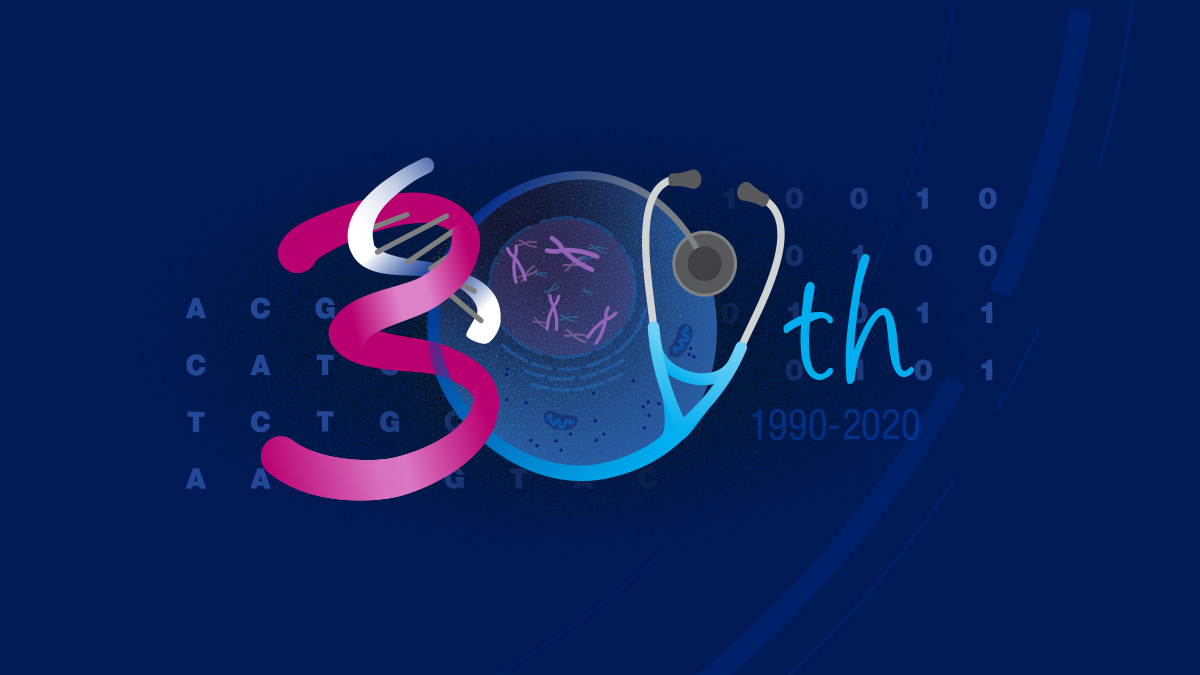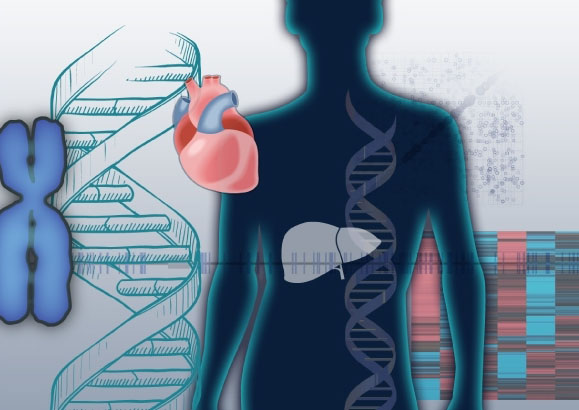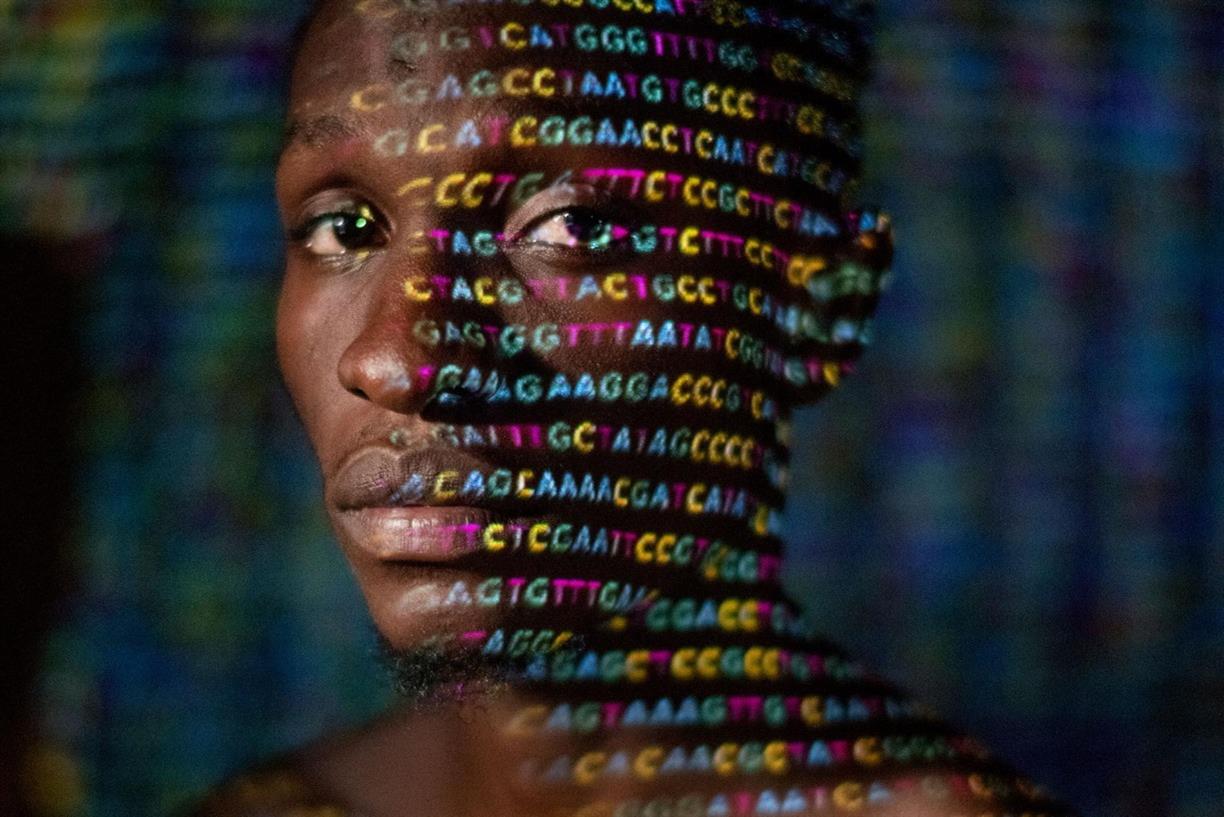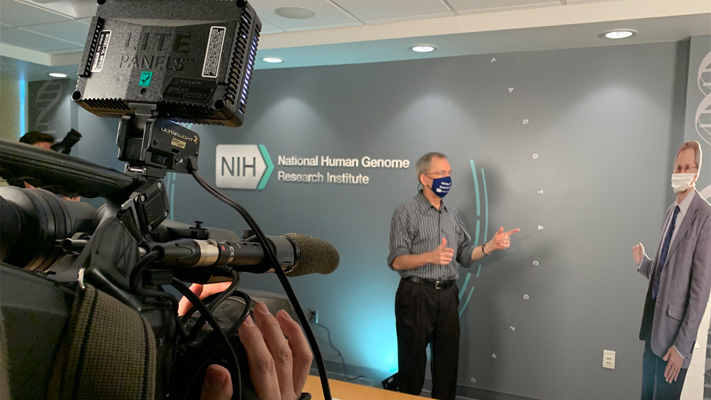NHGRI commemorates the 30th anniversary of the Human Genome Project launch
Thirty years ago, today, the Human Genome Project (HGP) officially launched. I was there on the starting line, then a postdoctoral research fellow in the laboratory of genomics pioneer Maynard Olson at Washington University School of Medicine. The university was fortunate to have been awarded one of the first center grants for the Human Genome Project by the then-named National Center for Human Genome Research. For that grant, I led a small research group charged with making a physical map of human chromosome 7 (something we completed ~7 years later). I vividly remember feelings of profound uncertainty as to whether we really knew how to scale up our nascent mapping methods to tackle something as large as a whole human chromosome. By the way, we were not yet worrying about how we were actually going to sequence an entire human chromosome – that was a problem for another day!
Here we are 30 years later, with the Human Genome Project successfully completed and genomics maturing into a well-respected discipline. I am so glad that I did not listen to the advice from those who warned me that the Human Genome Project was not an endeavor for a serious postdoctoral research fellow and that genomics was not a field with a bright future! But while it is great fun to reminisce (and NHGRI will be doing plenty of that over the next few weeks), it is also important to plan ahead. Towards that end, our commemoration of the 30th anniversary of the Human Genome Project’s launch will culminate with publishing the new 2020 NHGRI Strategic Vision. I urge you to monitor genome.gov during the last week of October, and you can expect to read more about the Institute’s new Strategic Vision in next month’s The Genomics Landscape.
![]()
In this issue
- NHGRI commemorates the 30th anniversary of the Human Genome Project launch
- GTEx project provides new insights into how DNA variation influences gene expression
- NHGRI hosts first virtual Short Course in Genomics for science educators
- Historically Speaking: Intersecting Race, DNA, and Demography event available online
- NHGRI goes virtual at the 2020 ASHG Meeting
- ASHG asks NHGRI about the new Impact of Genomic Variation on Function (IGVF) funding opportunities


About The Genomics Landscape
A monthly update from the NHGRI Director on activities and accomplishments from the institute and the field of genomics.
Last updated: October 1, 2020






